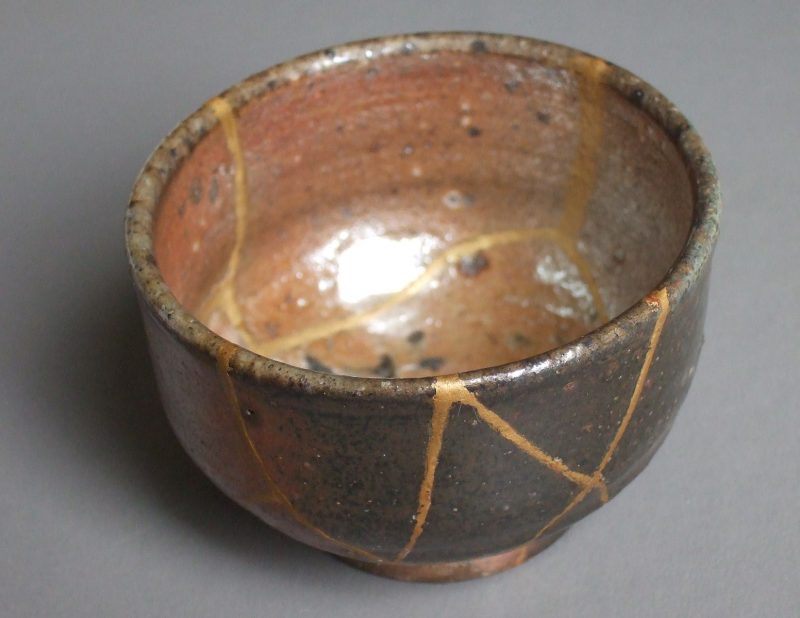How Japanese Kintsugi Masters Restore Pottery by Beautifying the Cracks

A few years ago, we featured here on Open Culture the Japanese art of kintsugi, whose practitioners repair broken pottery with gold in a manner that emphasizes rather than hides the cracks. Since then, the idea seems to have captured the Western imagination, inspiring no few online investigations but also books with titles like Kintsugi Wellness: The Japanese Art of Nourishing Mind, Body, and Spirit, and Kintsugi: Embrace Your Imperfections and Find Happiness — the Japanese Way. But as kintsugist Yuki Matano reminds us, “kintsugi is mostly seen as a refined repairing technique in Japan. Japanese people do not usually associate kintsugi with art therapy or mental health.”
To get back to the essence of kintsugi, and gain a clearer understanding of its laborious physical nature, it couldn’t hurt to watch a few kintsugists at work. Take Hiroki Kiyokawa, who reflects on his 45 years practicing the art in Kyoto — not without expressing his own ideas about how he feels he’s also “restoring the broken parts of myself” — in the BBC video above.
Or, for a more modern presentation, have a look at this tutorial video from Chimahaga, a kintsugist who not long ago launched his own Youtube channel dedicated to explaining what he does. He’s even uploaded videos about not just kintsugi, (金継ぎ, or “golden joinery”), but also gintsugi (銀継ぎ), which achieves a different but equally striking effect using silver instead of gold.
Kintsugi clearly isn’t a hobby you can master over a few weekends. But you don’t have to be a lifelong Kyoto artisan to benefit from learning it, as emphasized by psychologist Alexa Altman in the video just above. Having learned kintsugi in Japan, she practices it here in a somewhat unconventional way, repairing not pottery damaged over time or by accident, but pottery which she’s smashed on purpose. The bowl, in this case, represents “some aspect of yourself”; the hammer is “an instrument of change”; the glue is “all about connection”; the holes and cracks “can be representations of loss”; the gold is “glory, a celebration.” Whether or not you accept these metaphors, those who practice kintsugi — or any craft demanding such a degree of patience and concentration — surely improve their psychological state in so doing.
Related Content:
Wabi-Sabi: A Short Film on the Beauty of Traditional Japan
20 Mesmerizing Videos of Japanese Artisans Creating Traditional Handicrafts
The Making of Japanese Handmade Paper: A Short Film Documents an 800-Year-Old Tradition
Watch a Japanese Craftsman Lovingly Bring a Tattered Old Book Back to Near Mint Condition
A Brief History of Japanese Art: From Prehistoric Pottery to Yayoi Kusama in Half an Hour
Based in Seoul, Colin Marshall writes and broadcasts on cities, language, and culture. His projects include the Substack newsletter Books on Cities, the book The Stateless City: a Walk through 21st-Century Los Angeles and the video series The City in Cinema. Follow him on Twitter at @colinmarshall or on Facebook.


